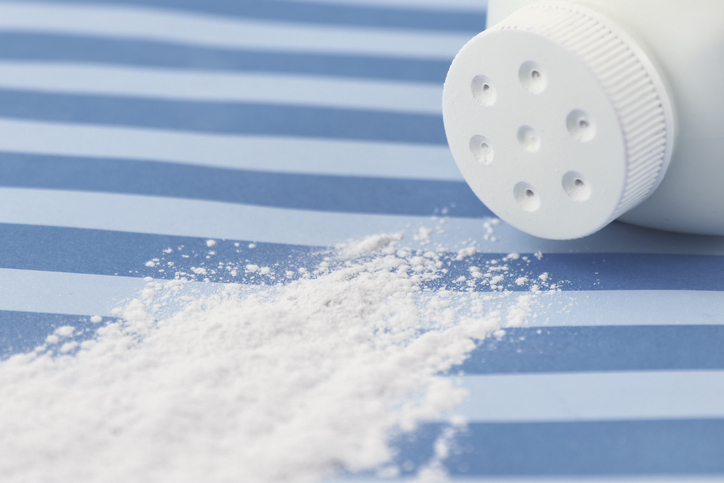Talc Is Changing Asbestos Litigation Risk

On March 2nd, Johnson & Johnson petitioned the U.S. Supreme Court to review a $2.1 billion talc verdict. The Missouri Supreme Court had refused to hear the case last November, letting stand a state appellate decision upholding the July, 2018 jury verdict finding Johnson & Johnson’s talcum powder, contaminated with asbestos, caused ovarian cancer in 22 women. The SCOTUS petition follows Johnson & Johnson’s disclosure in its February 10-K annual filing that it had taken a $3.9 billion litigation expense for talc-related reserves and certain settlements.
With the company’s appeals not yet exhausted, the rulings do not settle once and for all the extent of its liability in this case. But it does increase the seriousness of the question of how talc changes asbestos litigation risk. A good question, we thought – and one with which we wanted to help you think about how to answer.
Asbestos personal injury litigation has spanned more than 40 years and involved hundreds of thousands of cases. During this time, a well-studied set of common risk factors have been established, involving judicial, plaintiff, and situational considerations such as plaintiff’s counsel, jurisdiction, choice of law, manner of exposure, disease type, and so on. Now if you overlay the emerging talc-with-asbestos litigation on top of the traditional view of risk, you can start to see a shifting pattern, including:
• The manner of exposure – from industrial to cosmetics and personal hygiene. Even previously filed asbestos cases are getting amended to add allegations of talc exposure.
• The injuries claimed – now including ovarian cancer in addition to mesothelioma and lung cancer.
• The gender and age of the plaintiff – from older men to younger women
• The number of named defendants – an average of 15 for cosmetic-talc cases, significantly fewer than the average of 67 for asbestos cases
• The jurisdiction – A growing number of complaints are being filed in jurisdictions where defendants do business rather than just MDL hotspots like New Jersey or St. Louis. Outcomes will be less certain as litigants try to persuade the courts in non-traditional jurisdictions on issues like the science surrounding causation
• The population of potentially exposed people – the NIH reports there are over 22,000 ovarian cancer diagnoses annually, compared to the American Cancer Society’s estimate of 3,000 new mesothelioma diagnoses each year. 88.27 million adults (18 years or older) used body and baby powder in 2019 (according to analysis of U.S. Census data and Simmons National Consumer Survey – NHCS).
What’s Next? The long-term trajectory of talc’s impact on asbestos litigation risk is still uncertain, with a number of known unknowns to keep an eye on, including:
• Appeals yet to run their course
• Science yet to be settled
• Defendants yet to face insolvency
• FDA and EPA yet to enact new regulations that could diminish the use of talc in products and seek greater compliance
• Products yet to discontinue talcum ingredients
In the meantime, companies in asbestos litigation should be analyzing their case data with risk assessment tools. When new data causes shifts in traditional risk factors, as with talc in asbestos personal injury cases, you should update your assessment with risk analytics.
© 2021 – Q Risk Analytics LLC. All Rights Reserved.
